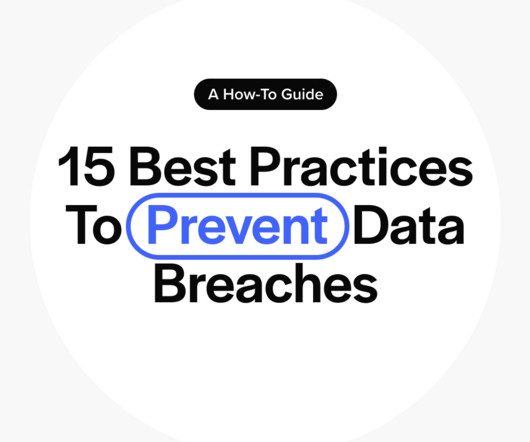Understanding the Cyber Risks in Video Communication
VISTA InfoSec
JUNE 19, 2024
However, this convenience comes with significant cyber risks that can compromise sensitive information and privacy. For instance, an attacker might send an email that appears to be from a trusted video communication platform, prompting you to click on a link to verify your account or update credentials.












Let's personalize your content